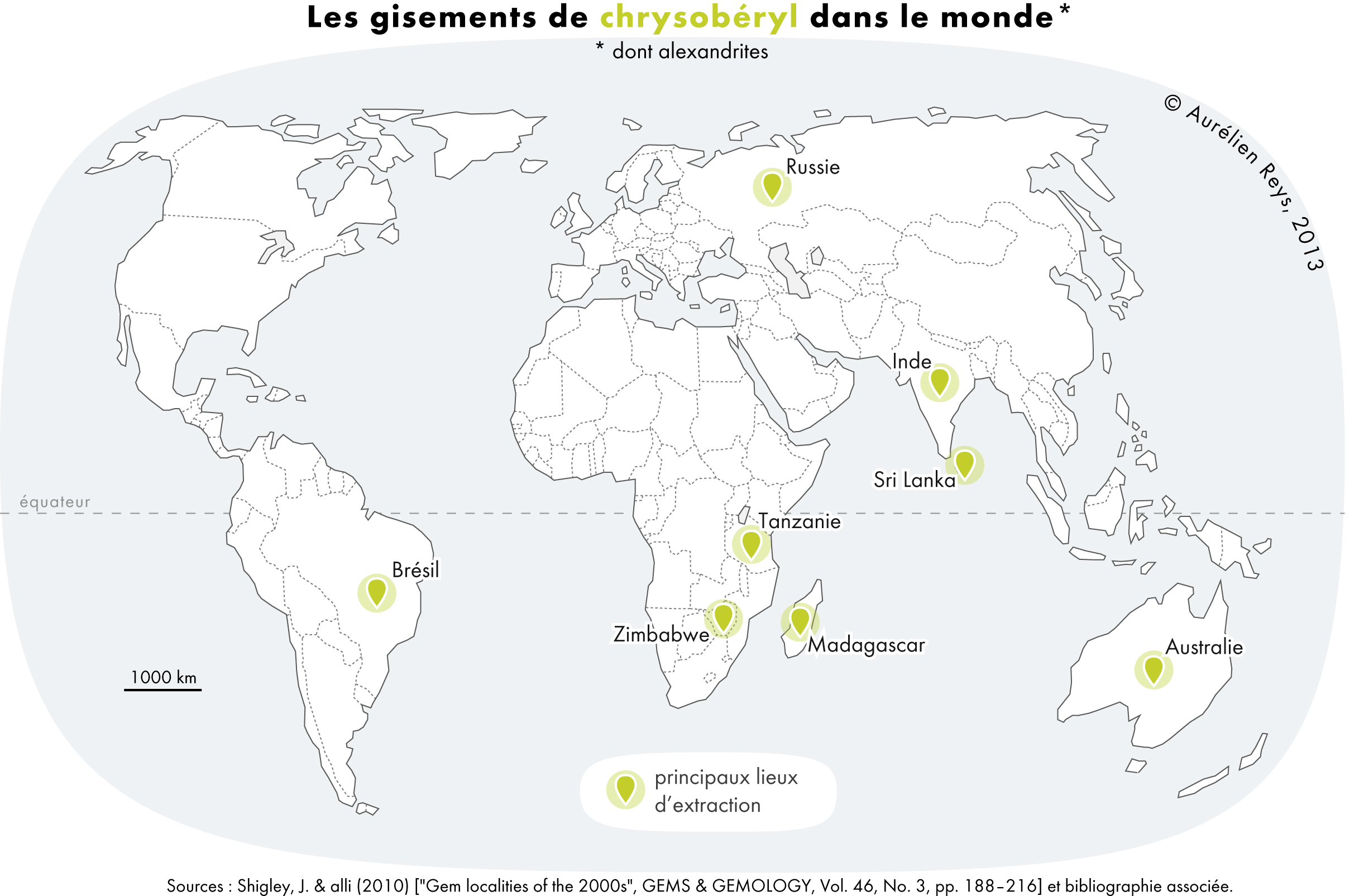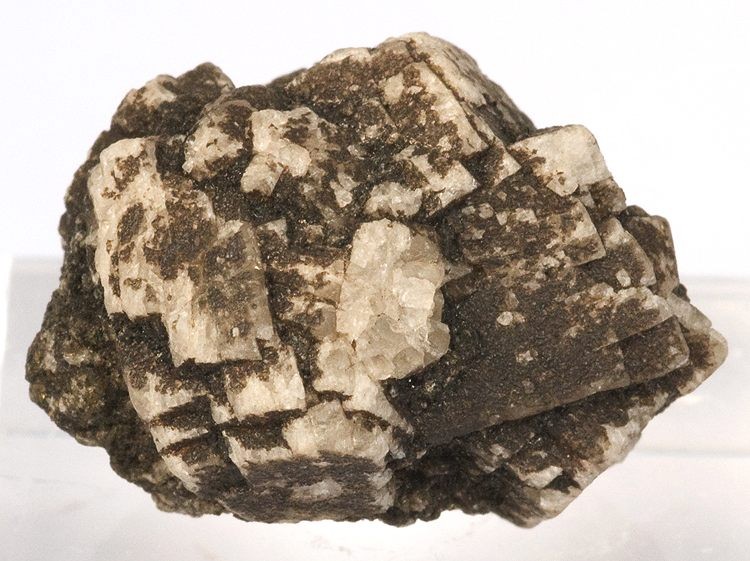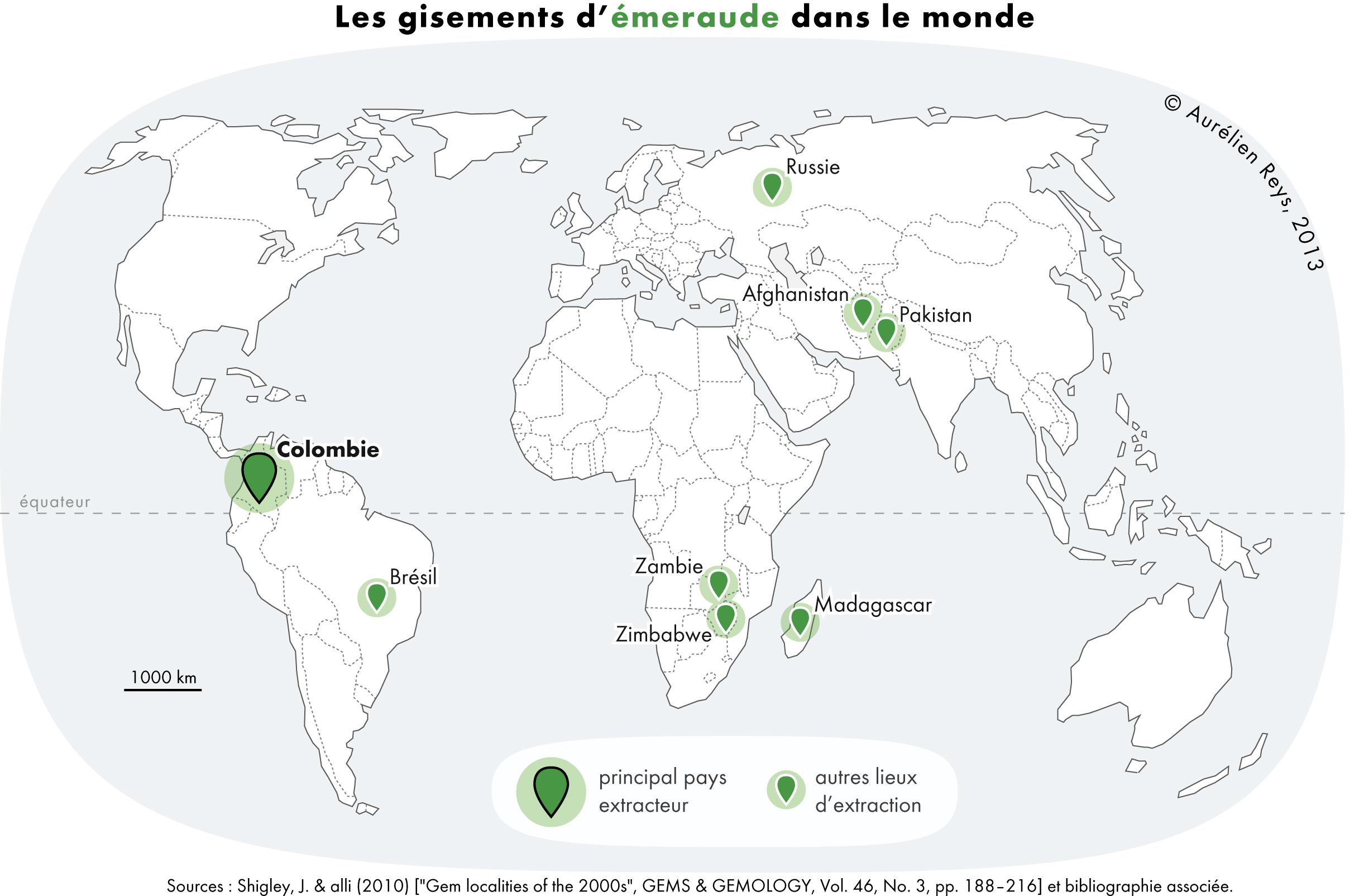|
Nils Gustaf Nordenskiöld
Nils Gustaf Nordenskiöld (October 12, 1792 – February 2, 1866) was a Finnish mineralogist and traveller. He was the father of mineralogist and polar explorer Adolf Erik Nordenskiöld. Life Nordenskiöld was born on October 12, 1792, in Mäntsälä in southern Finland, which was then part of the Kingdom of Sweden. After studying mineralogy in Helsingfors, now better known as Helsinki, and in Sweden, Nordenskiöld was appointed an inspector of mines in Finland. Finland had by now been transferred to Russia, as an autonomous Grand Duchy. On October 3, 1819, Nordenskiöld was elected a corresponding member of the Russian Academy of Sciences. The Academy had been established pursuant to the order of the Peter I of Russia by the Decree of the Ruling Senate dated January 28 (February 8), 1724. In 1853, he was also elected a foreign member of the Royal Swedish Academy of Sciences. Nordenskiöld described and discovered a number of minerals previously unknown in Finland and Ru ... [...More Info...] [...Related Items...] OR: [Wikipedia] [Google] [Baidu] |
Mäntsälä
Mäntsälä () is a municipality in the province of Southern Finland, and is part of the Uusimaa region. It has a population of () and covers an area of of which is water. The population density is . The municipality is unilingually Finnish. Mäntsälä is one of three municipalities in the Uusimaa region that do not have a Swedish name; the others are Nurmijärvi and Askola. Mäntsälä lies about north of Helsinki, the capital of Finland. During the last few years, the population of Mäntsälä has been one of the most rapidly increasing in Finland. A new railway, the Kerava–Lahti railway line, was built between Kerava and Lahti with passenger traffic starting on 4 September 2006 from Mäntsälä railway station. Helsinki is about 40 minutes away, and Lahti even closer. The coat of arms of Mäntsälä has its theme in the region's traditional livelihoods; the head of the moose refers to the hunting lands of the region, and the clovers symbolizes local agriculture. The c ... [...More Info...] [...Related Items...] OR: [Wikipedia] [Google] [Baidu] |
Alexandrite
The mineral or gemstone chrysoberyl is an aluminate of beryllium with the formula Be Al2 O4. The name chrysoberyl is derived from the Greek words χρυσός ''chrysos'' and βήρυλλος ''beryllos'', meaning "a gold-white spar". Despite the similarity of their names, chrysoberyl and beryl are two completely different gemstones, although they both contain beryllium. Chrysoberyl is the third-hardest frequently encountered natural gemstone and lies at 8.5 on the Mohs scale of mineral hardness, between corundum (9) and topaz (8). An interesting feature of its crystals are the cyclic twins called ''trillings''. These twinned crystals have a hexagonal appearance, but are the result of a triplet of twins with each "twin" oriented at 120° to its neighbors and taking up 120° of the cyclic trilling. If only two of the three possible twin orientations are present, a "V"-shaped twin results. Ordinary chrysoberyl is yellowish-green and transparent to translucent. When the mineral e ... [...More Info...] [...Related Items...] OR: [Wikipedia] [Google] [Baidu] |
Moscow Society Of Naturalists
Moscow Society of Naturalists (russian: Московское общество испытателей природы (MOIP)) is one of Russia's oldest learned societies. In 1805 it was founded as the Imperial Society of Naturalists of Moscow (''Société Impériale des Naturalistes de Moscou'') under the auspices of two noblemen, Mikhail Muravyov and Alexis Razumovsky, by Johann Fischer von Waldheim in 1805. Princess Zenaǐde Wolkonsky made a gift of her own library to the society.'' Ю. В. Чайковский''Старейшее общество и его библиотека.Москва научная. — М.: Янус-К, 1997. — С. 392—415. It was organised under the auspices of the Moscow State University (MSU) and included many members of the university staff amongst its members. The tasks of the society were considered to be the development of general scientific problems of natural science, the study of the natural resources of Russia, including "the discovery o ... [...More Info...] [...Related Items...] OR: [Wikipedia] [Google] [Baidu] |
Apatite
Apatite is a group of phosphate minerals, usually hydroxyapatite, fluorapatite and chlorapatite, with high concentrations of OH−, F− and Cl− ions, respectively, in the crystal. The formula of the admixture of the three most common endmembers is written as Ca10( PO4)6(OH,F,Cl)2, and the crystal unit cell formulae of the individual minerals are written as Ca10(PO4)6(OH)2, Ca10(PO4)6F2 and Ca10(PO4)6Cl2. The mineral was named apatite by the German geologist Abraham Gottlob Werner in 1786, although the specific mineral he had described was reclassified as fluorapatite in 1860 by the German mineralogist Karl Friedrich August Rammelsberg. Apatite is often mistaken for other minerals. This tendency is reflected in the mineral's name, which is derived from the Greek word ἀπατάω (apatáō), which means ''to deceive''. Geology Apatite is very common as an accessory mineral in igneous and metamorphic rocks, where it is the most common phosphate mineral. However, occu ... [...More Info...] [...Related Items...] OR: [Wikipedia] [Google] [Baidu] |
Clinochlore
The chlorites are the group of phyllosilicate minerals common in low-grade metamorphic rocks and in altered igneous rocks. Greenschist, formed by metamorphism of basalt or other low-silica volcanic rock, typically contains significant amounts of chlorite. Chlorite minerals show a wide variety of compositions, in which magnesium, iron, aluminium, and silicon substitute for each other in the crystal structure. A complete solid solution series exists between the two most common end members, magnesium-rich clinochlore and iron-rich chamosite. In addition, manganese, zinc, lithium, and calcium species are known. The great range in composition results in considerable variation in physical, optical, and X-ray properties. Similarly, the range of chemical composition allows chlorite group minerals to exist over a wide range of temperature and pressure conditions. For this reason chlorite minerals are ubiquitous minerals within low and medium temperature metamorphic rocks, some igneous ro ... [...More Info...] [...Related Items...] OR: [Wikipedia] [Google] [Baidu] |
Crookesite
Crookesite is a selenide mineral composed of copper and selenium with variable thallium and silver. Characteristics Its chemical formula is reported either as or .http://www.mindat.org/min-1159.html Mindat It is formed by precipitation from hydrothermal fluids, and contains by mass: 16.3% Tl, 47.3% Cu, 2.9% Ag, and 33.6% Se. Crookesite is an opaque, bluish grey to pink toned brown metallic mineral crystallizing in the tetragonal system. It has a Mohs hardness of 2.5 to 3 and a specific gravity of 6.9. Name and discovery It was discovered in 1866 in Skrikerum, Sweden and named for Sir William Crookes (1832–1919), the discoverer of the element thallium. See also * List of minerals * List of minerals named after people This is a list of minerals named after people. The chemical composition follows name. A *Abelsonite: C31H32N4Ni – American physicist Philip Hauge Abelson (1913–2004)alfred *Abswurmbachite: Cu2+Mn3+6O8SiO4 – German mineralog ... [...More Info...] [...Related Items...] OR: [Wikipedia] [Google] [Baidu] |
Samarskite-(Y)
Samarskite is a radioactive rare earth mineral series which includes samarskite-(Y), with the chemical formula and samarskite-(Yb), with the chemical formula . The formula for samarskite-(Y) is also given as . Samarskite crystallizes in the orthorhombic - dipyramidal class as black to yellowish brown stubby prisms although it is typically found as anhedral masses. Specimens with a high uranium content are typically metamict and appear coated with a yellow brown earthy rind. Samarskite occurs in rare earth bearing granite pegmatites with other rare minerals. It occurs in association with columbite, zircon, monazite, uraninite, aeschynite, magnetite, albite, topaz, beryl, garnet, muscovite and biotite. Samarskite was first described in 1847 for an occurrence in Miass, Ilmen Mountains, Southern Ural Mountains of Russia. The chemical element samarium was first isolated from a specimen of samarskite in 1879. Samarium was named after samarskite which was named for the Russian mine ... [...More Info...] [...Related Items...] OR: [Wikipedia] [Google] [Baidu] |
Cassiterite
Cassiterite is a tin oxide mineral, SnO2. It is generally opaque, but it is translucent in thin crystals. Its luster and multiple crystal faces produce a desirable gem. Cassiterite was the chief tin ore throughout ancient history and remains the most important source of tin today. Occurrence Most sources of cassiterite today are found in alluvial or placer deposits containing the weathering-resistant grains. The best sources of primary cassiterite are found in the tin mines of Bolivia, where it is found in crystallised hydrothermal veins. Rwanda has a nascent cassiterite mining industry. Fighting over cassiterite deposits (particularly in Walikale) is a major cause of the conflict waged in eastern parts of the Democratic Republic of the Congo. This has led to cassiterite being considered a conflict mineral. Cassiterite is a widespread minor constituent of igneous rocks. The Bolivian veins and the 4500 year old workings of Cornwall and Devon, England, are concentrated in ... [...More Info...] [...Related Items...] OR: [Wikipedia] [Google] [Baidu] |
Ours-Pierre-Armand Petit-Dufrénoy
Ours-Pierre-Armand Petit-Dufrénoy (5 September 1792 – 20 March 1857) was a French geologist and mineralogist. Life He was born at Sevran, in the ''département'' of Seine-et-Oise. After leaving the Imperial Lyceum in 1811, he studied until 1813 at the École Polytechnique, and then entered the Corps des mines. He subsequently assisted in the management of the École des Mines, of which he was professor of mineralogy and afterwards director. He was also professor of geology at the École des Ponts et Chaussées. In conjunction with Élie de Beaumont in 1841 he published a great geological map of France, the result of investigations carried on during thirteen years (1823-1836). Five years (1836-1841) were spent in writing the text to accompany the map, the publication of the work with two quarto volumes of text extending from 1841-1848; a third volume was issued in 1873. The two authors had already together published ''Voyage Métallurgique en Angleterre'' (1827, 2nd ed. 1837- ... [...More Info...] [...Related Items...] OR: [Wikipedia] [Google] [Baidu] |
Anorthite
Anorthite is the calcium endmember of the plagioclase feldspar mineral series. The chemical formula of pure anorthite is Ca Al2 Si2O8. Anorthite is found in mafic igneous rocks. Anorthite is rare on the Earth but abundant on the Moon. Mineralogy Anorthite is the calcium-rich endmember of the plagioclase solid solution series, the other endmember being albite (NaAlSi3O8). Anorthite also refers to plagioclase compositions with more than 90 molecular percent of the anorthite endmember. At standard pressure, anorthite melts at .J.R. Goldsmith (1980): The melting and breakdown reactions of anorthite at high pressures and temperatures. Am. Mineralogist. 65, 272-284, http://www.minsocam.org/ammin/AM65/AM65_272.pdf Occurrence Anorthite is a rare compositional variety of plagioclase. It occurs in mafic igneous rock. It also occurs in metamorphic rocks of granulite facies, in metamorphosed carbonate rocks, and corundum deposits. Its type localities are Monte Somma and Valle di Fass ... [...More Info...] [...Related Items...] OR: [Wikipedia] [Google] [Baidu] |
Chrysoberyl
The mineral or gemstone chrysoberyl is an aluminate of beryllium with the formula Be Al2 O4. The name chrysoberyl is derived from the Greek words χρυσός ''chrysos'' and βήρυλλος ''beryllos'', meaning "a gold-white spar". Despite the similarity of their names, chrysoberyl and beryl are two completely different gemstones, although they both contain beryllium. Chrysoberyl is the third-hardest frequently encountered natural gemstone and lies at 8.5 on the Mohs scale of mineral hardness, between corundum (9) and topaz (8). An interesting feature of its crystals are the cyclic twins called ''trillings''. These twinned crystals have a hexagonal appearance, but are the result of a triplet of twins with each "twin" oriented at 120° to its neighbors and taking up 120° of the cyclic trilling. If only two of the three possible twin orientations are present, a "V"-shaped twin results. Ordinary chrysoberyl is yellowish-green and transparent to translucent. When the mineral e ... [...More Info...] [...Related Items...] OR: [Wikipedia] [Google] [Baidu] |
Emerald
Emerald is a gemstone and a variety of the mineral beryl (Be3Al2(SiO3)6) colored green by trace amounts of chromium or sometimes vanadium.Hurlbut, Cornelius S. Jr. and Kammerling, Robert C. (1991) ''Gemology'', John Wiley & Sons, New York, p. 203, . Beryl has a hardness of 7.5–8 on the Mohs scale. Most emeralds are highly included, so their toughness (resistance to breakage) is classified as generally poor. Emerald is a cyclosilicate. Etymology The word "emerald" is derived (via fro, esmeraude and enm, emeraude), from Vulgar Latin: ''esmaralda''/''esmaraldus'', a variant of Latin ''smaragdus'', which was a via grc, σμάραγδος (smáragdos; "green gem") from a Semitic language. According to Webster's Dictionary the term emerald was first used in the 14th century. Properties determining value Emeralds, like all colored gemstones, are graded using four basic parameters–the four ''C''s of connoisseurship: ''color'', ''clarity,'' ''cut'' and ''carat weight''. N ... [...More Info...] [...Related Items...] OR: [Wikipedia] [Google] [Baidu] |







